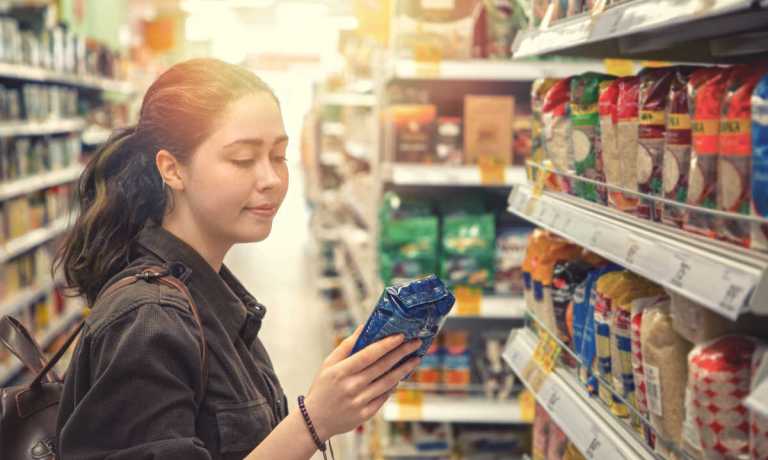
As grocers leverage data analytics to remain competitive, major players are finding they need to take their marketing businesses into their own hands to remain competitive.
Take, for instance, Ahold Delhaize’s U.S. eCommerce arm, which recently announced that it is making the shift. Peapod Digital Labs Vice President, Head of eCommerce Merchandising / AD Retail Media Bobby Watts explained in an interview with PYMNTS the necessity of cutting out the middleman.
“With our prior partnership, most of it was managed service,” Watts said. “I won’t say it was a total black box, but things were happening where we weren’t really in control.”
He explained that the decision came both from industry-wide trends and from listening to the demands of consumer-packaged goods (CPG) brands.
“We’re probably one of the last large [grocers] to actually make this decision,” Watts said. “There’s been others before us, whether it was KPM [Kroger Precision Marketing] or Walmart Connect, and then most recently last year Albertsons, with their media collective they did. … So it just felt like it was the right time for us to also make that move.”
On top of competitors’ activity, the launch also came from CPG brands asking for “more access to our first party data” as well as the ability to get more targeted with the audiences they advertise to. Plus, in addition to these features, the brands also were looking for a simpler user experience on their end, demanding self-service options.
Increasingly, grocers and third parties alike are offering access to their data as a service to CPG brands. For instance, just two days before Peapod Digital Labs’ announcement, DoorDash, the leading restaurant aggregator in the United States, announced the launch of new self-serve advertising tools for CPG brands including an ads manager, partnerships with ad tech companies Pacvue and Flywheel and the expansion of self-serve Sponsored Listings to Canada and Australia.
Additionally, back in June, eCommerce behemoth Amazon announced the launch of its new Store Analytics service. The offering presents brands with a dashboard of detailed but anonymous data that will show “how their products are discovered, considered and purchased” at an estimated 50 Amazon Fresh and Amazon Go locations in the United States that use its contactless Just Walk Out and Dash Cart technology. The service also includes performance metrics showing the effectiveness of brands’ in-store promos and digital signage.
Now, Watts noted, the challenge across these disparate retailers is “getting to a place where folks are using a common, accredited methodology within measurement” so that brands can make more informed comparisons.
Plus, he observed that in addition to meeting brands’ basic expectations of self-service sponsored listings, the grocer now can offer its clean-room technology, segmentation tools, and campaign result measurement features, among others, and can unify its marketing business across digital and physical channels.
Looking ahead, Watts is focused on unifying self-service capabilities and data analytics for brands across a wider range of channels, such as screens at the gas station and inside of stores, among others. Additionally, he is excited about the new possibilities that this business opens up across different, less traditional eCommerce channels.
“I’ve had some recent conversations around video itself and live streaming, as well as being able to have, I would say, live influencers, advertising products,” Watts said. “I think that’s interesting from a technology perspective and how you can enable that.”